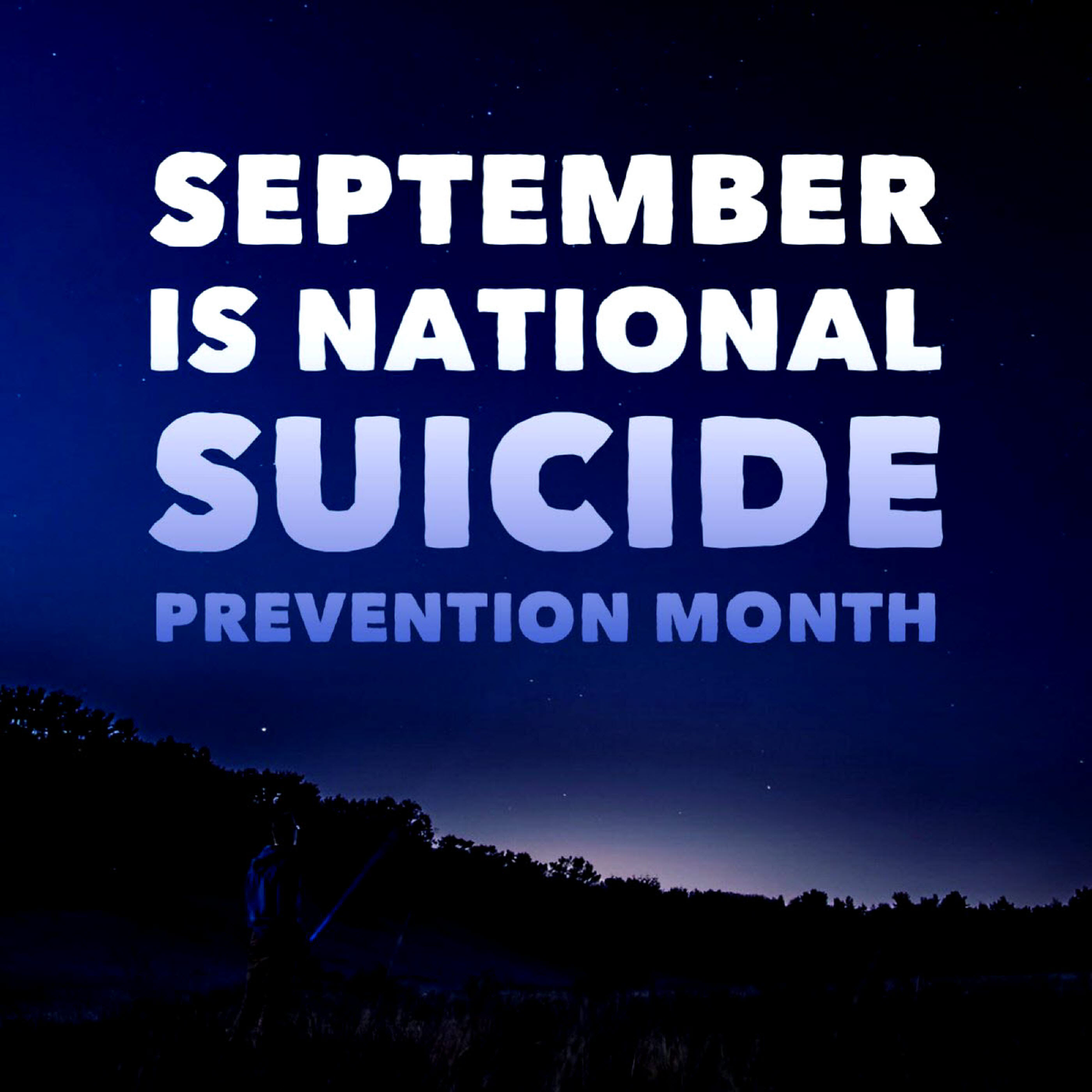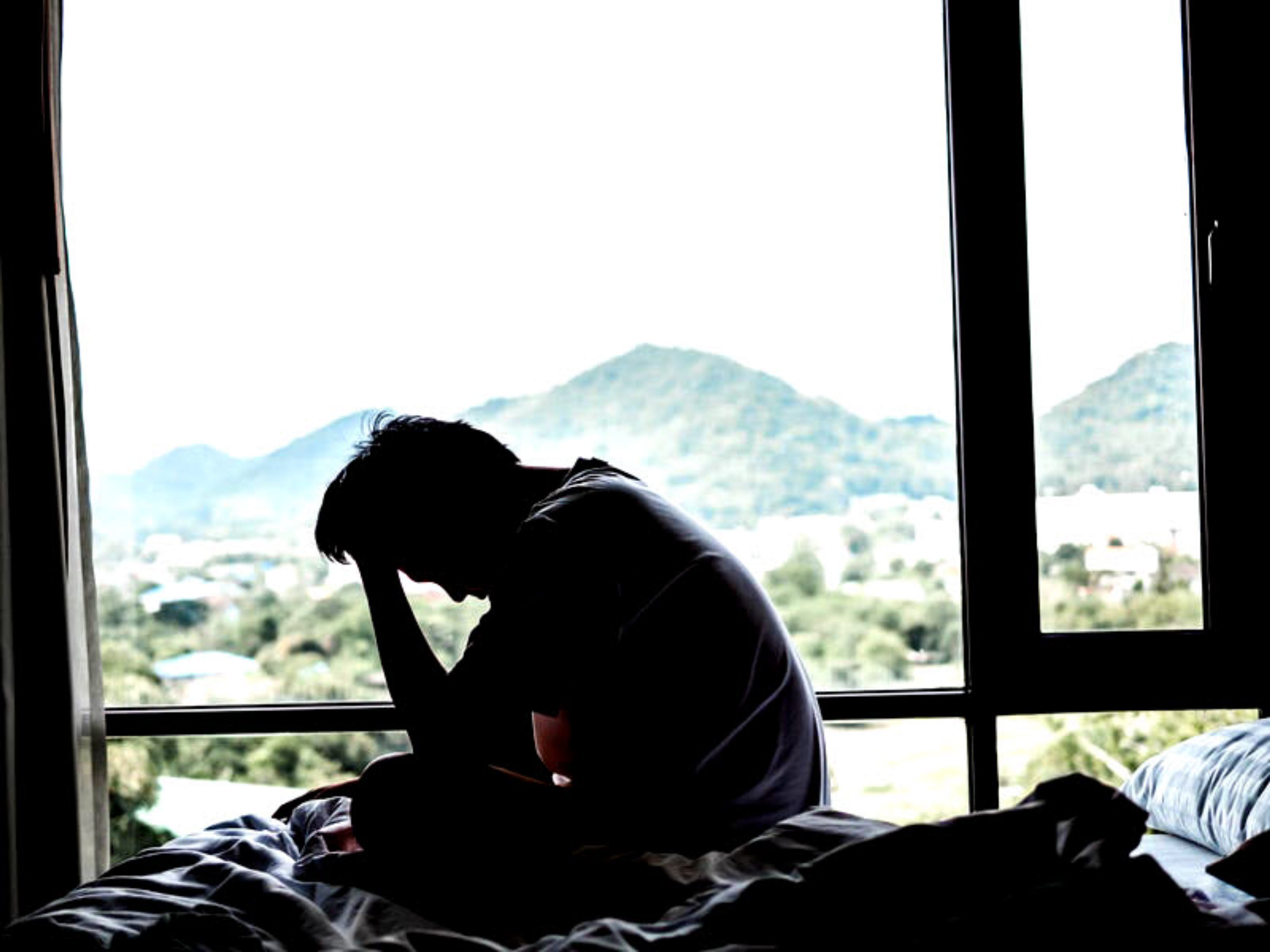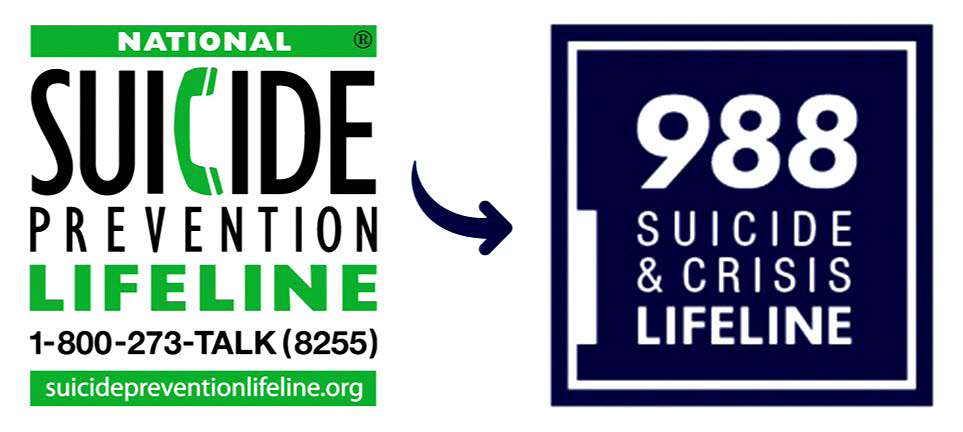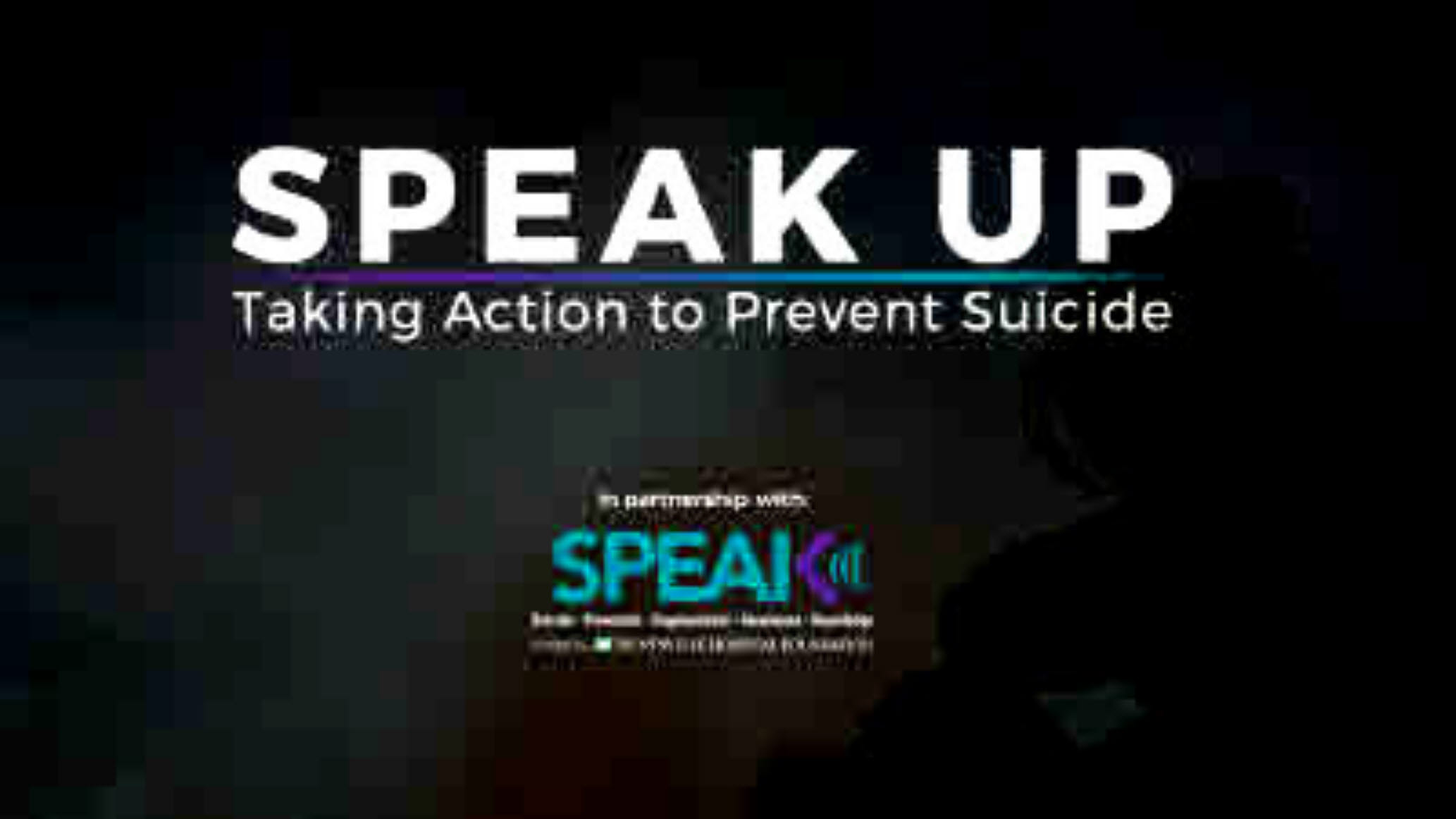
September is National Suicide Prevention Month, a time dedicated to raising awareness about suicide, promoting mental health, and providing support for those who may be struggling. It serves as a reminder that suicide is a preventable tragedy, and our collective effort can make a difference in saving lives.
Suicide is a global issue that affects people of all ages, genders, and backgrounds. The staggering statistics reflect the urgency of focusing on prevention strategies. According to the World Health Organization, approximately 800,000 people die by suicide each year, making it the second leading cause of death among individuals aged 15 to 29 globally. It's a deeply complex issue intertwined with various factors such as mental health, substance abuse, societal pressures, and personal circumstances.
#James Donaldson notes:Welcome to the “next chapter” of my life… being a voice and an advocate for #mentalhealthawarenessandsuicideprevention, especially pertaining to our younger generation of students and student-athletes.Getting men to speak up and reach out for help and assistance is one of my passions. Us men need to not suffer in silence or drown our sorrows in alcohol, hang out at bars and strip joints, or get involved with drug use.Having gone through a recent bout of #depression and #suicidalthoughts myself, I realize now, that I can make a huge difference in the lives of so many by sharing my story, and by sharing various resources I come across as I work in this space. #http://bit.ly/JamesMentalHealthArticleFind out more about the work I do on my 501c3 non-profit foundationwebsite www.yourgiftoflife.org Order your copy of James Donaldson's latest book,#CelebratingYourGiftofLife: From The Verge of Suicide to a Life of Purpose and Joy
Link for 40 Habits Signupbit.ly/40HabitsofMentalHealth
www.celebratingyourgiftoflife.com
National Suicide Prevention Month aims to break the stigma associated with mental health and create an open dialogue. It encourages individuals to reach out and seek help when they are struggling and promotes understanding, empathy, and support. Through education and awareness campaigns, we can debunk myths, provide resources, and foster a compassionate community that prioritizes mental well-being.
Organizations and mental health advocates across the country are actively engaged in spreading awareness during this crucial month. Various events, fundraisers, and educational programs are organized to offer support and resources to individuals at risk and their loved ones. The goal is to provide accessible mental health services, foster intervention strategies, and promote initiatives that reduce the risk factors associated with suicide.
It is important to remember that suicide prevention extends far beyond the month of September. However, this month serves as a catalyst for conversations, initiatives, and efforts that pave the way for long-term change. By collectively working together, we can shape a society that prioritizes mental health, reduces stigma, and ensures that resources are readily available for those in need.
If you or someone you know is struggling with suicidal thoughts, it is crucial to seek help immediately. Initiating a conversation and offering support can make a significant difference. Reach out to helplines, crisis centers, or mental health professionals who are trained to provide assistance and support during challenging times. Remember, you are not alone, and there are people who care and want to help.
Now, more than ever, the world has realized the importance of mental health. As we navigate the challenges brought on by the ongoing pandemic, the need for support and understanding has become increasingly evident. National Suicide Prevention Month is a powerful reminder that every life is precious, and by working together, we can create a world where hope triumphs over despair.
Image prompt: An image of a sunrise on the horizon, symbolizing hope and the start of a new day.
Tags: suicide, suicide prevention, mental health, awareness, support
https://standingabovethecrowd.com/jamesdonaldsononmentalhealth-national-suicide-prevention-month-shedding-light-on-saving-lives/







 Singer-songwriter and actress Naomi Judd died by suicide on April 30, 2022
Singer-songwriter and actress Naomi Judd died by suicide on April 30, 2022

